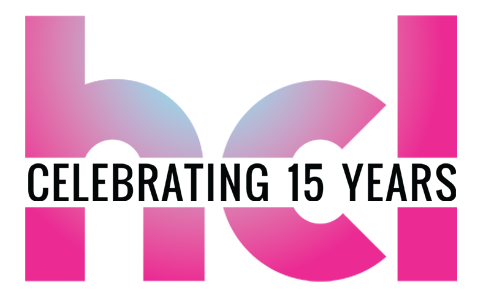HCL Interview Series: Tirtza Even
The HCL Artist Interview Series offers a behind-the-scenes look at the creative process, inspirations, and forthcoming projects of the artists within HCL’s residency programs.
An experimental documentary maker for over 25 years, Tirtza Even has produced work which ranges from feature-length documentaries to multichannel, immersive and interactive video installations. Her projects, which rely on almost imperceptible digital manipulation of slow and extended moments, depict the less overt manifestations of complex, and at times extreme, social and political dynamics in locations such as Palestine, Turkey, the U.S. and Germany.
Documentation of 'Chronicle of a Fall’ at Currents, Santa Fe, June 2019; a collaboration with Nadav Assor
High Concept Labs (HCL): In what ways does your work navigate the balance between concept, exploration, and execution?
Tirtza Even (TE): I always start with a concept or a theme that I want to explore and implement. I then enter a site in which the concept might manifest, and a new world reveals itself to me: People. Places. Textures. A turn of a phrase. A unique accent or gesture. My questions adapt and expand in turn.
I return from this moment of encounter with hours of recorded material—unforeseen images, stories I could never have told, characters I would never have known to imagine—and from them I shape a revised concept and a more attentive form.
It is a dialogue: concept begets encounter; encounter molds concept.
HCL: What place does experimentation and risk have in your practice?
TE: The primary risk, for me, is ethical, and stems from my reaction to not finding the concept or story I envision out there.
My concept needs to fail when it encounters actual lives, and I need to adapt to that inherent failure, rather than hold on to my preconception or bias. The deepest risk is that I won’t.
Beyond that, there is a degree of risk in the physical act of making this type of work: a dialogue with people whose lives often unfold in foreign, complex, hostile, settings (refugee camps, prisons, impoverished environments).
My experimentation with form is ongoing: the form is reactive to the subject at hand. I encounter worlds I know little about, and then look for a shape that would express what I perceive or what I want to tell. The fact that I rest my work on dialogue implies a need for constant experimentation—an ongoing reshaping of how (and what) I see.
HCL: How do you make use of time and space in your creative practice?
TE: That’s a hard question. I have a full-time job. Up until very recently I was also needed at home as a full-time mother. And then there are other needs: for friendship, community, political engagement, cultural encounters. Within all that, the creative practice still holds a primary place. I ensure that it is part of every day, even if briefly or mechanically. I need it in order to touch base with who I am. When it is absent, meaning shrinks and shrivels.
HCL: How do you see your work fitting into a broader creative ecosystem, and what role does collaboration play in your process?
TE: I think what I do is urgent and crucial.
I believe time is ripe to tell the stories of individuals—immigrants, women, the residents of Palestine, incarcerated youth–in fresh ways.
My goal is to express their voices as plural and distinct through expanded technologies such as multichannel, interactive and nonlinear installations. I try, in my installations, to generate a complex polyphony of testimonies that exposes acute variations between the speakers' experiences, economic and social conditions, race and gender, and consequently, between their responses to their changing environment. These new forms of storytelling demand that the viewers themselves create patterns interlinking varied and partial views—that they, temporarily, co-author my stories.
Collaboration, another form of dialogue, consequently plays a frequent role in my process. Either a project literally emerges from a conversation and acquires shape through an ongoing dialogue with another artist (as in, for example, 'Chronicle of a Fall’ or 'Half Truths and Full Lies') or it involves others in crucial creative roles (e.g. editor, animator, musician, cameraperson, designer).
Natural Life, 2014-2015, Documentation of installation
HCL: Looking ahead, what new artistic risks or experimental directions do you anticipate taking during the residency and how do you envision your work evolving?
TE: My hope is that Disturbed, the series of multichannel installations I am working on during the residency, will form a polyphonous manifestation of polyphony: each segment of the project will express its recorded plural voices differently. To that end I aim to experiment with the viewers’ interactive engagement with the material; initially with sound, and later also with image.
The residency comes at a perfect moment. I am hoping that it will allow me to test user interaction while conceiving the work, and to adjust the project’s parameters accordingly. It will also allow me to test the spatial presentation of the moving image in ways I am unable to attempt at home. More generally, it will offer me an opportunity to produce my new project within a supportive and enabling framework.
Learn more about Tirtza’s practice: https://www.tirtzaeven.info/




